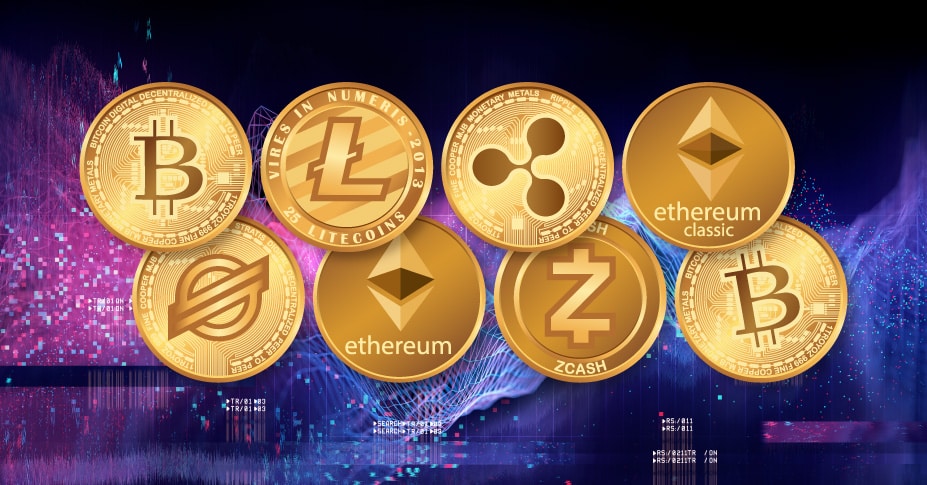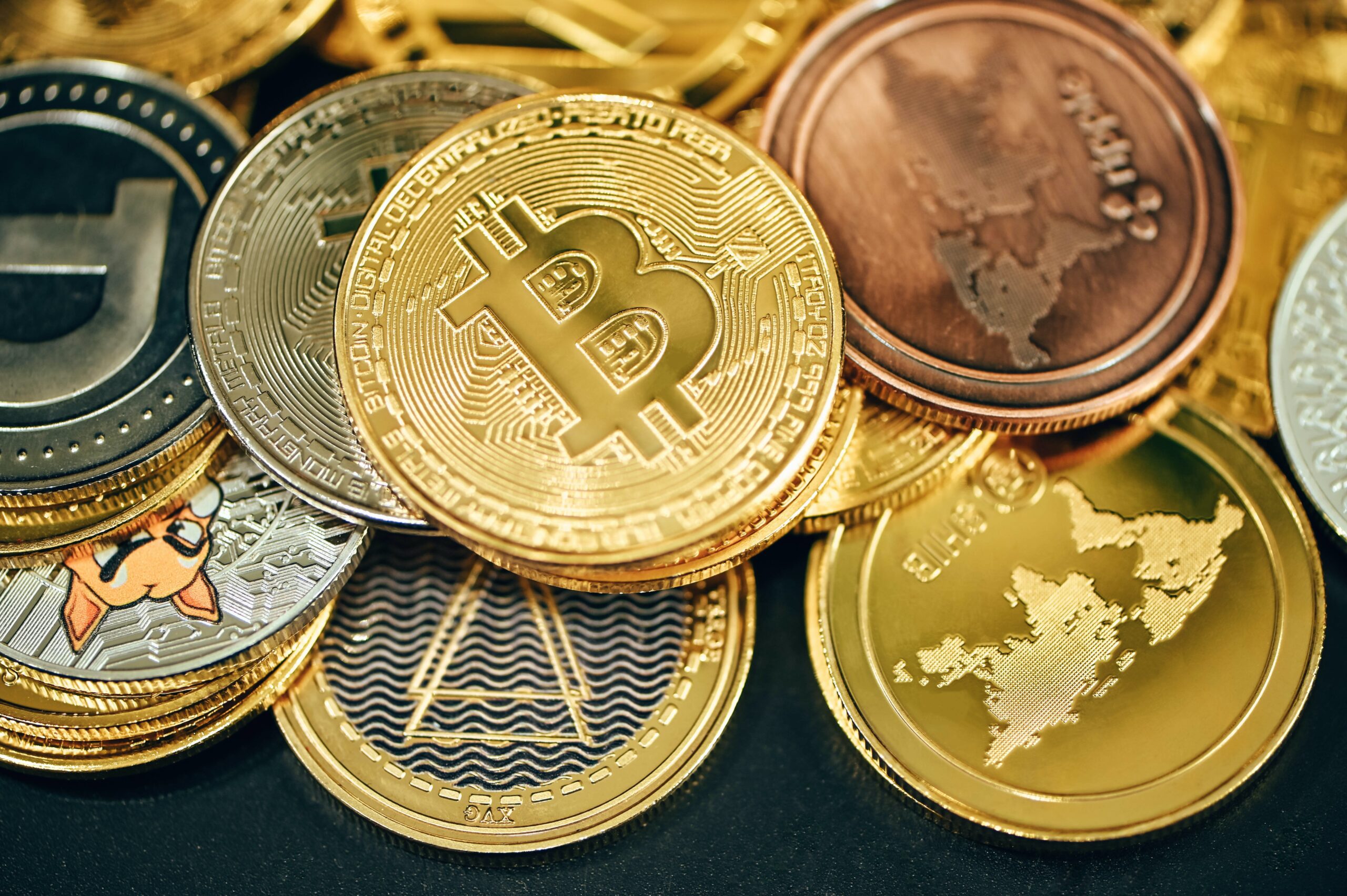
Cardano Cryptocurrency
Investing in anything requires thorough research. Likewise, the very first thing you need to do before investing in Cardano is learning more about it. Some of the critical questions that you need to ask yourself include: What is it, how it works, and when to invest in it?
First things first:
What is Cardano?
The simplest way of defining Cardano is, it is a public blockchain that seeks to address the issues associated with improving old cryptocurrencies. Founded by Charles Hoskinson in 2013, Cardano is an open-source platform that can facilitate peer-to-peer transactions, particularly, using its internal crypto called Ada.
How Bitcoin and Ethereum differ?
There are many ways that Bitcoin and Ethereum differ. First and foremost, Bitcoin was created as an alternative to normal currencies like US Dollar. On the other hand, Ethereum as a platform was created to facilitate contracting via its currency. Best still, Ethereum is working towards a flawless Proof-of-Work to Proof-of-Stake.
What is Proof-of-Stake?
Well, Proof-Of-Stake simply means in Cardano, which is a decentralized platform, there won’t be any need for you to validate transactions. As you may know, this process makes it times consuming and difficult for investors to transact. All you have to do is follow a straightforward process which includes delegating all your coins. Once your transaction is being validated successfully, you will get ADA as a reward which will be in proportion to the amount you have staked. Easy peasy, no fuss no muss.
That is not all; there is another approach to Proof-of-Stake: The Cardano is based on Scientific philosophy that is backed up by peer-reviewed academic research.
The Third Generation Blockchain
Let’s look at three generations of Cryptocurrencies and highlight each challenge.
Generation 1: Bitcoin
While Bitcoin is considered a first-generation blockchain that kickstarted the entire innovation of cryptocurrency, it is no longer the only coin. One of the things that were criticized about Bitcoin is its validation process. The second disadvantage was its scalability and difficulty to use it.
Generation 2: Ethereum
Enter Ethereum tried the breath of fresh air that people have been waiting for. It makes it easy for people to create conditional transactions.
However, it also had its fair share of challenges:
Scaling transactions per second was nearly impossible.
It used a lot of energy, which might be limited in other parts of the universe.
Generation 3: Cardano
Interestingly, Cardano solves all the problems mentioned above with its blockchain platform.
FLOWZ CRYPTO
Paxful https://tinyurl.com/y4rjca9p
Coin Mamma https://fwd.cx/aZygqhP30enV
You Hodler https://tinyurl.com/byu5m4cy



